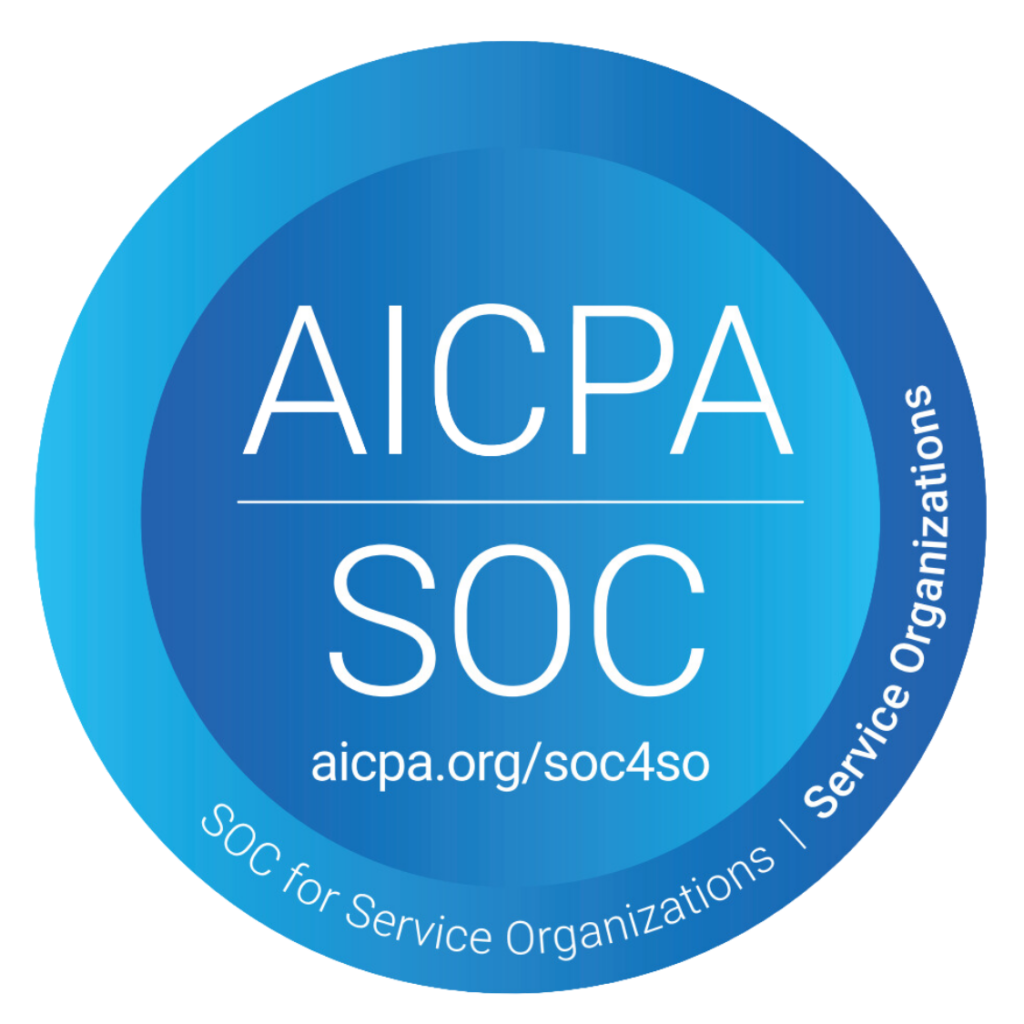Self-funded employers face the continuous challenge of managing benefits costs without compromising on the quality of care offered to their employees. A critical component of this balancing act is pharmacy benefit design, an area that can unlock significant savings and efficiencies when approached with a data-driven mindset. Through the power of analytics, employers can make informed decisions that result in more cost-effective and beneficial pharmacy benefit plans for all stakeholders.
The Power of Data in Pharmacy Benefits
Pharmacy benefits can represent one of the largest healthcare expenditure categories for employers. Understanding this, the utilization of data is not merely beneficial; it is a necessity. By analyzing vast quantities of data, employers and consultants can identify medication usage patterns, discern cost trends, monitor patient outcomes, and pinpoint areas for cost optimization.
Data insights empower employers to refine their approach continually. Those who harness data effectively often see a more strategic allocation of benefits resources, leading to impressive cost-efficiencies without jeopardizing care quality. Despite the clear advantages of a data-centric approach, many organizations have not fully tapped into the potential offered by advanced analytics in their pharmacy benefit design.
Leveraging Analytics for Strategic Decision-Making
The Role of Analytics in Cost Containment
Data analytics has emerged as an invaluable tool in the design and management of modern pharmacy benefit plans. The meticulous breakdown and examination of data can unveil trends and patterns that may otherwise go unnoticed. This intricate analysis provides a comprehensive view of how funds are allocated and utilized within a pharmacy benefit plan.
For self-funded employers, the drive for cost containment becomes more manageable and strategic with data analytics. As they navigate through complex information on medication spending, they’re better positioned to identify specific areas where costs can be reduced without sacrificing the quality of care. The insights drawn from analytics enable employers to ensure co-pay structures align with their financial goals and employee needs.
Making Informed Formulary Decisions
One of the pivotal areas where analytics drives savings is formulary management. By analyzing usage statistics and cost patterns, employers can determine which drugs offer the best therapeutic value for the investment. This might involve shifting towards more cost-effective generic alternatives or implementing step therapy programs that encourage the use of proven, less expensive medications before authorizing higher-cost drugs.
Predictive Analytics for Forecasting and Planning
Beyond retrospective analysis, predictive analytics can be harnessed to anticipate future trends in drug utilization and expenses. This futuristic viewpoint allows employers to prepare for potential cost spikes and changes in prescription drug usage. Employers can proactively adjust benefit design elements, such as deductibles or out-of-pocket maximums, to mitigate the impact of anticipated cost increases while maintaining benefit attractiveness.
Wellness Programs Informed by Data
Analytics also plays a fundamental role in promoting health and wellness within an organization. By identifying medication usage trends that may be linked to lifestyle-related health issues, employers can tailor wellness initiatives that directly address those concerns. Data enables the creation of targeted programs, such as disease management or preventative screenings, thus reducing the long-term need for costly medications and treatments.
A Proactive Approach to Medication Management
Understanding medication adherence patterns through analytics is another avenue for cost-saving interventions. Non-adherence can lead to worsening health issues and increased healthcare utilization. By using data to develop personalized medication adherence programs, employers can directly influence better health outcomes, which typically translate to lower costs.
The Real-World Impact on Employee Health and Spend
Embracing analytics fosters a culture where employee health and cost management are not at odds but rather work in tandem. By refining pharmacy benefit plans based on solid data, employers not only control costs but also contribute positively to their employees’ overall well-being. Data-driven decision-making ensures that resources are used effectively to provide employees with access to the medications they need, at the best possible cost, while monitoring and promoting better health outcomes.
Going Beyond Traditional Models with Pass-Through PBMs
The landscape of pharmacy benefits is evolving, and at the forefront of this evolution is the concept of pass-through Pharmacy Benefit Managers (PBMs). These entities differentiate themselves significantly from traditional PBMs through their operational transparency and their commitment to open data access. This distinction offers several compelling benefits, key ones being cost containment, better treatment outcomes, and enhanced trust between employers and their PBM partners.
The Transparency Ethos of Pass-through PBMs
A dominant advantage of pass-through PBMs is transparency. Unlike traditional PBMs, the pass-through model operates on clear pricing structures without hidden fees. This means employers and their employees see exactly where their healthcare dollars are going. Costs such as pharmacy reimbursements, PBM administrative fees, and the actual price of drugs are laid out clearly. This level of clarity allows employers to identify precisely how much of their investment is directed toward patient care vs. PBM profit margins.
Moreover, with pass-through PBMs, rebates from drug manufacturers are typically returned to the employers in full. Traditional PBMs may retain a portion of these rebates as additional revenue, often unbeknownst to employers. Pass-through models prioritize the financial interests of the employer and employees, ensuring that savings are passed directly on to the benefit plan, thus reducing overall costs.
Empowered Decision Making with Complete Data Access
The level of access to data that pass-through PBMs provide is unprecedented. This includes detailed insights into drug utilization, cost management opportunities, rebate data, and much more. Employers can scrutinize the flow of their pharmacy spend and identify inefficiencies that may not be visible within traditional PBM arrangements.
Employers gain an in-depth understanding of specific cost drivers, such as specialty medications, which often represent a significant portion of pharmacy spend. By analyzing usage and outcomes, they can optimize formularies and implement programs that promote the use of generics or alternative therapies where appropriate.
Personalized Plan Design
Pass-through PBMs enable a level of customization in benefit plan design that can be aligned with the workforce’s needs. This personalized approach can result in better adherence to medication regimens, as plans can be structured to support the unique health challenges faced by the employee population. With data on adherence and medication effectiveness, employers can implement supportive programs, ensuring that employees receive the right medication at the right time, thus improving health outcomes.
Building a Trust-Centric Relationship
Trust is the foundation of any strong partnership, and the transparency inherent in the pass-through PBM model fosters this trust. Employers can openly discuss their objectives, concerns, and constraints with their PBM, guided by the clear-cut data at their disposal. This constructive relationship paves the way for ongoing collaboration and continuous improvement of the pharmacy benefit program.
Strategic Financial Management
Pass-through PBMs facilitate a more strategic fiscal approach to managing pharmacy benefits. Employers are not only apprised of the current cost but are also equipped with the predictive insights necessary to forecast future trends and expenditure. This level of financial oversight and planning is a boon for employers, helping to maintain budgetary control and ensure the sustainability of their benefit plans.
The MaxCare Approach to Pharmacy Benefits
At MaxCare, we firmly believe that employers’ data is precisely that—their data. They should have unrestricted access to it and the ability to derive actionable insights. Our consultative and transparent approach to pharmacy benefits underscores our commitment to this belief.
Our goal is to ensure that each plan is fully informed about its current operations, providing a solid foundation for making the best possible decisions. We strive to offer the tools and support necessary for our clients to cultivate a deep understanding of their pharmacy spend and to recognize opportunities for impactful interventions.
By partnering with self-funded employers who are ready to take the helm of their pharmacy benefit plans with a data-informed strategy, we facilitate long-term cost savings and enhanced health outcomes.
Conclusion: Embracing a New Era of Pharmacy Benefit Analytics
For self-funded employers, the journey toward proactive pharmacy analysis and improved employee overall health outcomes begins with a step towards data-driven insights. Embracing analytics within pharmacy benefit design is not merely a forward-thinking choice—it is a strategic imperative in a rapidly evolving healthcare space.
At MaxCare, we are dedicated to bringing clarity, actionable insights, and strategic guidance to our partners in pharmacy benefit management. Understanding the compelling force of well-informed decision-making, we champion the need for comprehensive data access and utilization.
In fostering this approach, we align with the interests of self-funded employers, working side by side to uncover savings opportunities and to enhance the health and satisfaction of their employees. MaxCare is more than a PBM; we are stewards of a vision where every pharmacy benefit plan is optimized through the potent lens of analytics, ultimately delivering better care at a better cost.



